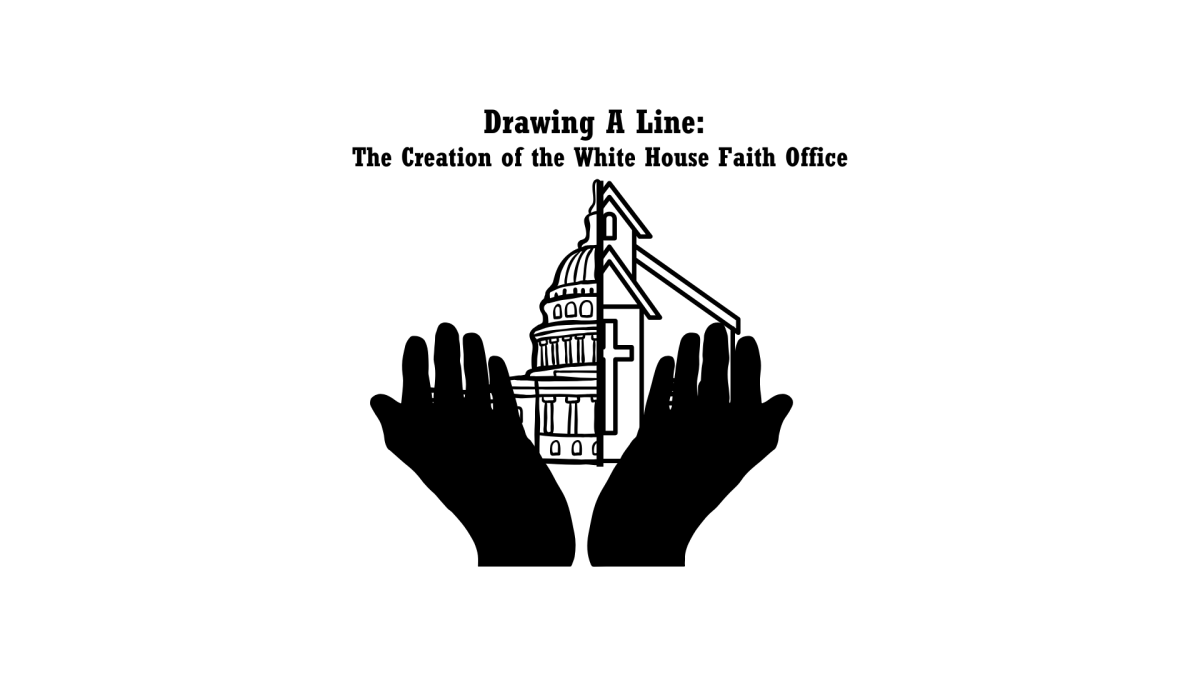It’s easy to forget how cultures, standards, and systems can be so drastically different from our norms, in our location. The school system is one example of how one country’s way of running things can be polar opposites to another’s. Things are valued differently in different school systems; students’ outlook on school differ from country-to-country. Japan and Mexico are prime examples of systemic diversity in school systems compared to the United States. Japanese school systems are generally more strict than American schools, with students having more responsibility and a higher academic standard. Mexican schools, similarly, are also more strict, and place a stronger emphasis on respecting the teachers.
“I would say the intensity of it. I say that because even like middle school and like junior high school, but high school are exceptionally, exceptionally difficult in Japan,” John Reifenberg, a social studies teacher who taught in Japan, said. Reifenberg said he taught in Japan about 10 years ago and was willing to share his experiences. When Reifenberg was asked about the responsibilities students had in those schools, he said, “any mess that is made in the room, it is the responsibility of the kids to clean up. Before that passing period, the kids would have five minutes to clean up the room and make it look exactly as it was when they entered, because it’s a shared space. It’s viewed as being something that is shared by the entire school, and it doesn’t necessarily belong to the students; it doesn’t necessarily belong to teachers, it belongs to everybody.” He also explained how when he was there 10 years ago, he noticed a much heavier workload placed on the students. “Japanese schools are really big on tests, and so gearing up for these final exams and these examination grades that are going to be used to get you into university is a major point of stress for those kids.” He went on to explain how he thinks Japanese schools achieve what they are striving to accomplish. “They’re amazing for what they want to do, which is get people to pass those entrance exams or get high scores and to memorize things and be able to repeat things; they’re very good.” Reifenberg also explained how the school culture is different as teachers were seen as more respected. He said, “Unfortunately, there’s not much questioning of authority in Japan. So here, I think we, you know, have a situation where kids can ask questions and even ask, ‘why are we doing this?’ Or, you know, ‘why is this happening?’ You don’t get that in Japan. It’s like the teacher says, the students do.”
In Mexico, there are some similarities to Japan as described by Mrs. Ryan who taught seventh and eighth grades at a private school in Mexico about ten years ago. “I would just say the the rigidity of the classroom environment in Mexico [is the biggest difference],” she said. “The way that [the students] addressed the teacher was very formal,” she continued. Ryan also explained how this difference is amplified when the class is taught by a native Mexican teacher rather than a foreign teacher. “So, for example, in a native Mexican teachers classroom, Students could not leave to use the bathroom during class,” she said. As she implied, this is very different in a class with a foreign teacher. “When they would come to the American teachers’ classes, it felt much more laid back, and they were able to use the bathroom,” she said. Ryan also described how surprised she was at the level of school spirit at Mexican schools. “[Students are] so proud to be a part of their school. The school pride is something that I remember being drastically different from working in the States,” she said. Ryan thinks it’s built into the culture in their schools as the school doesn’t have to push the school spirit on to the students as much. “I think in the school in Mexico, [school spirit] was a given, it was already built in,” she said.
Different countries obviously run their systems differently, so that remains true with the school system. Japan and Mexico both provide stricter and more serious learning environments which can have both pros and cons. A more intense system may result in academic success, but it may also result in more stress for students and teachers. It’s important to have balance, and Reifenberg believes American schools do. “You know, the way we’ve kind of looked at things, it doesn’t necessarily lean too heavily in any direction,” he said.















































